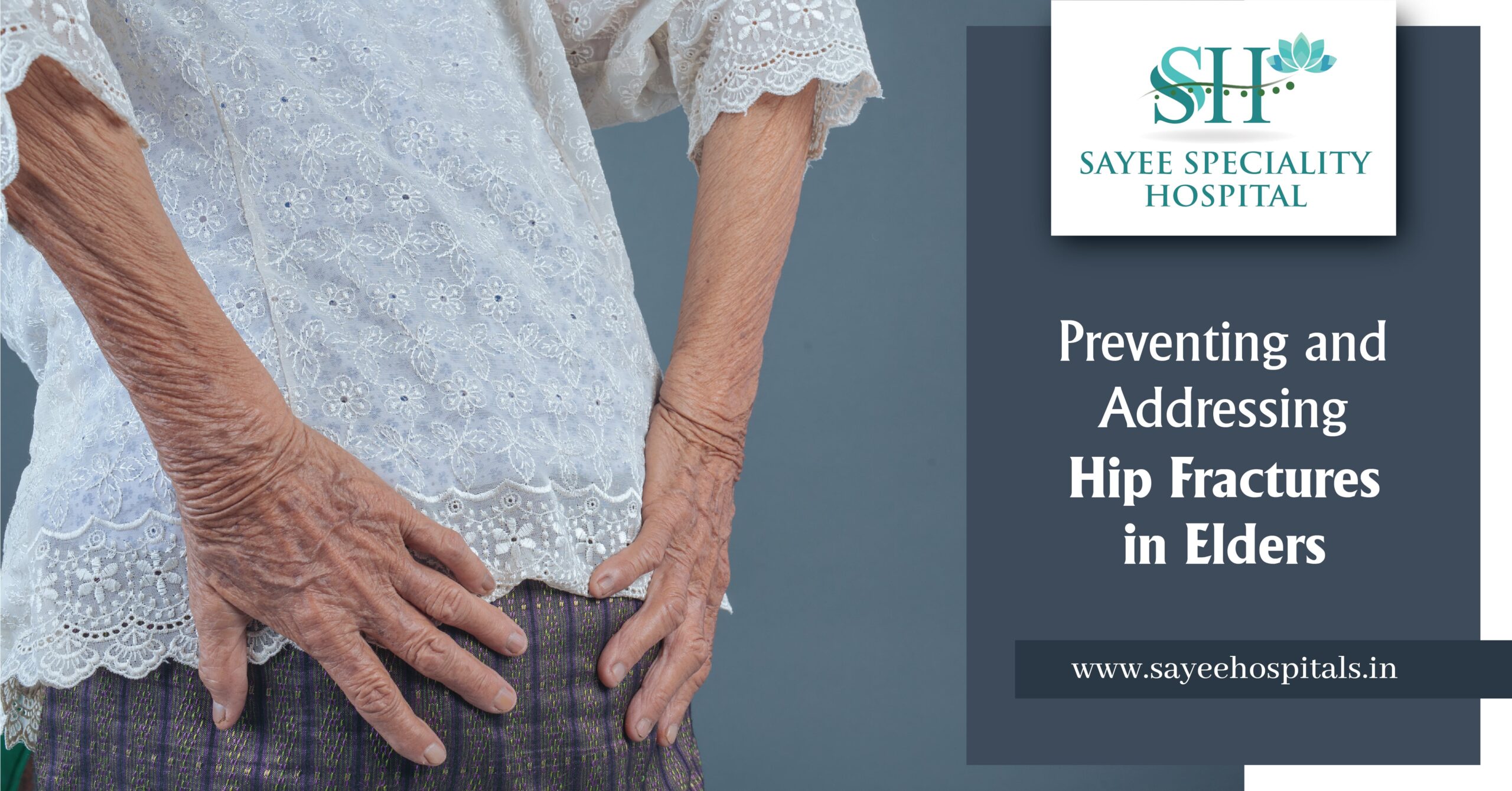Hip fractures among the elderly pose significant health risks, often resulting from falls and underlying conditions like osteoporosis. Understanding the preventive measures, early detection, and appropriate interventions are crucial in ensuring the well-being of older adults.
A hip fracture, a break in the thighbone or the hip bone, is a serious injury that requires immediate medical attention. Most commonly occurring in elderly individuals, hip fractures are often linked to falls, especially among those with weakened bones due to osteoporosis. Symptoms include hip pain, inability to stand or walk, bruising, and a noticeable change in the attitude of the affected leg.
Diagnosing a hip fracture involves medical history, physical examination, and diagnostic procedures like X-rays, MRI, or CT scans. Surgical intervention is typically required in most of the patients, with the choice of procedure depending on the type and location of the fracture. Implants in the form of nails and plates may be used to stabilize the joint, and in some cases, partial or total hip replacement may be necessary. The goal is to relieve pain, restore mobility, and enable a return to normal activities as early as possible.
If left unattended, patients with hip fractures can develop complications like bed sores. Loss of blood supply to the head of the thighbone is a particularly concerning complication associated with certain types of fractures.
Preventing hip fractures involves a multifaceted approach, beginning with a focus on bone health. Adequate daily calcium intake, especially for postmenopausal women, is crucial in maintaining bone density. Regular weight-bearing exercises like walking contribute to overall bone strength and balance.
Medical interventions, including prescribed medications to prevent bone loss, play a key role in fracture prevention. Regular review of medications with healthcare providers is essential to identify potential side effects that may contribute to falls.
Creating a safe living environment is paramount in preventing falls that can lead to hip fractures. A checklist for home safety includes securing stairs and steps, removing tripping hazards, installing grab bars in bathrooms, ensuring adequate lighting, and minimizing the need to reach or walk around furniture.
Vision problems can contribute to falls, making regular eye check-ups crucial. Simple measures like placing lamps near beds and installing nightlights along the path from the bed to the bathroom enhance visibility, reducing the risk of night-time falls.
Educating older adults and their caregivers about the risks and preventive measures associated with hip fractures is essential. Encouraging open communication with healthcare providers, discussing risk factors, and promoting a proactive approach to bone health contribute to a holistic strategy for prevention.
In conclusion, preventing hip fractures in elders requires a collaborative effort involving healthcare providers, caregivers, and the individuals themselves. By addressing risk factors, promoting bone health, and implementing safety measures at home, it is possible to reduce the incidence of hip fractures among the aging population. This comprehensive approach empowers older adults to age gracefully, maintain independence, and enjoy a higher quality of life.
